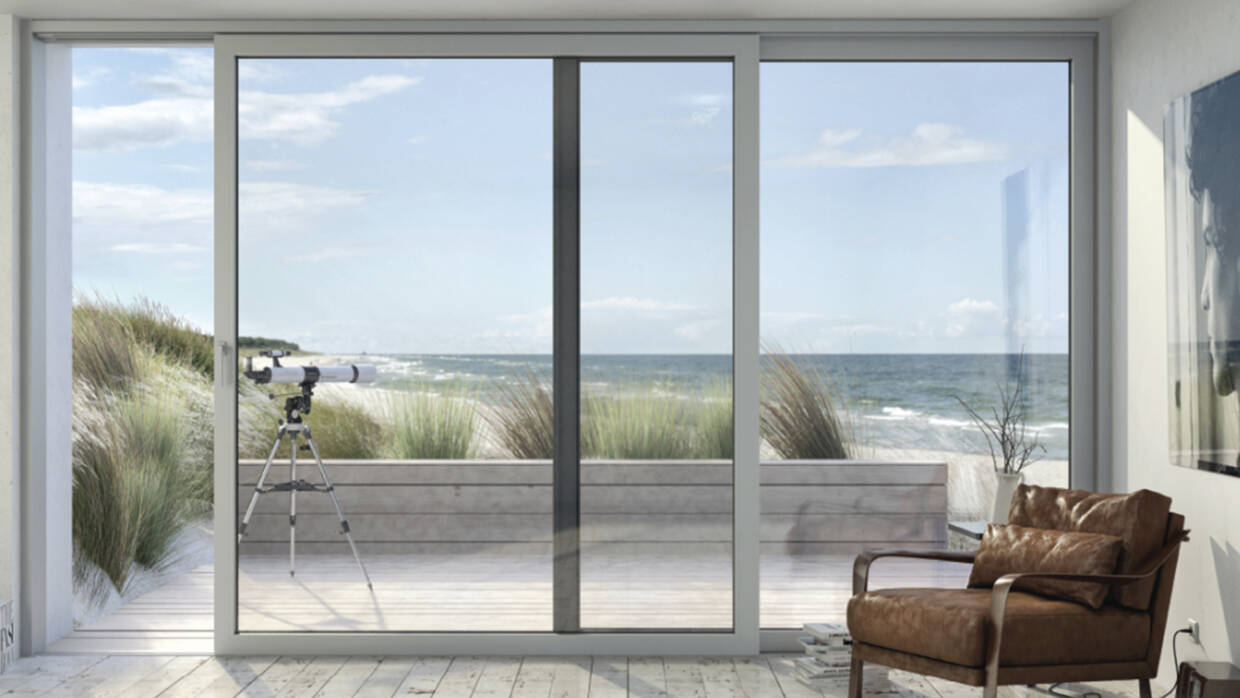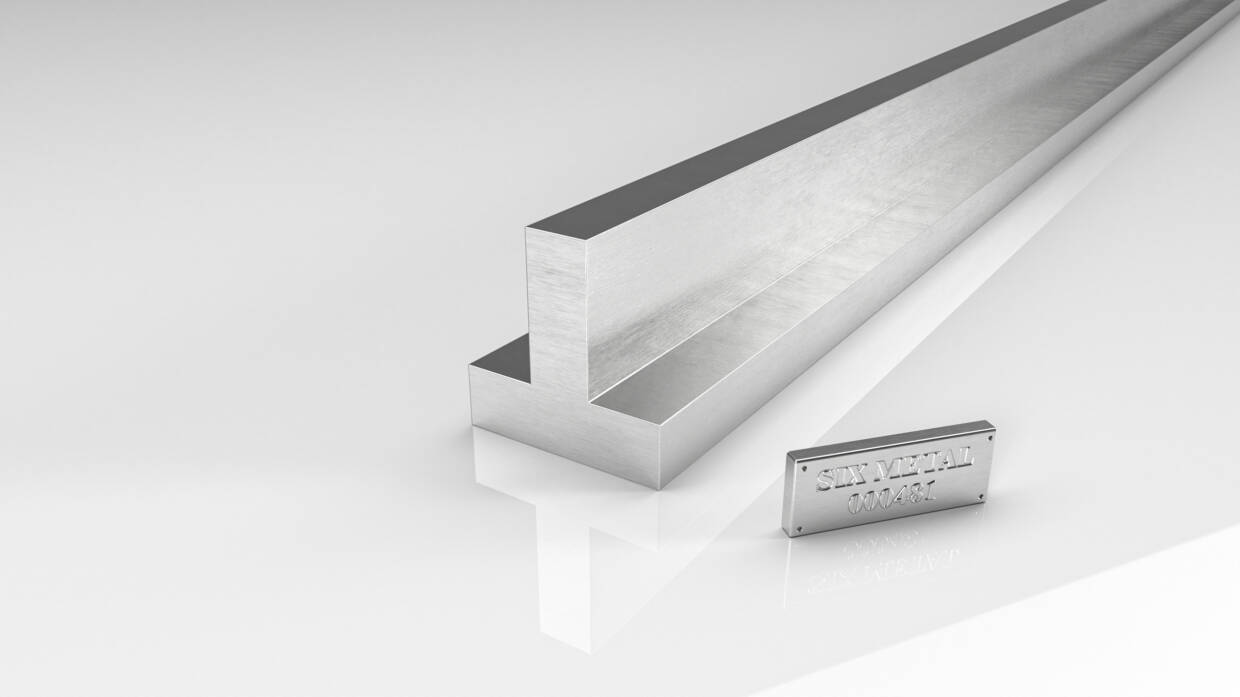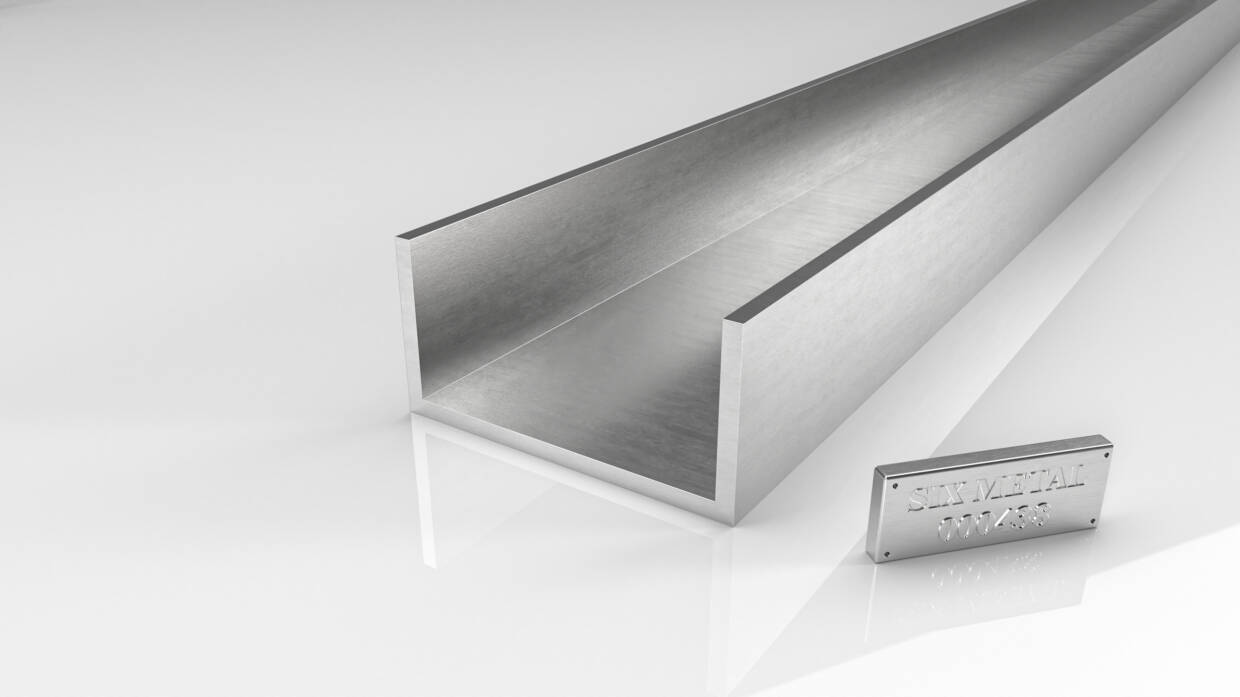
Sliding Systems
Aluminium is a widely used material in the manufacture of sliding systems, which are used in a variety of applications including doors, windows, and partitions. The properties of aluminium make it an ideal material for sliding systems due to its strength, durability, and lightweight.
One of the main benefits of using aluminium in sliding systems is its strength and durability. Aluminium is a strong material that can withstand a significant amount of weight and pressure without bending or breaking. This makes it an ideal material for sliding systems that need to be able to withstand frequent use and heavy loads.
Another benefit of aluminium in sliding systems is its lightweight. Aluminium is a lightweight material that makes it easy to move and install sliding systems. This is particularly important for larger sliding systems that require more material to be transported and installed.
Aluminium is also a highly versatile material that can be easily fabricated into a variety of shapes and sizes. This makes it possible to create custom sliding systems that are tailored to the specific design and functional requirements of a building.
In addition, aluminium is resistant to corrosion, making it ideal for use in sliding systems that are exposed to the elements. This resistance to corrosion ensures that the sliding system will remain in good condition and function properly for many years.
Aluminium sliding systems also offer a range of finishes that can be applied to improve their aesthetic appeal and to provide additional protection against weathering and damage. These finishes include anodizing, powder coating, and painting.
Overall, the use of aluminium in sliding systems offers a range of benefits, including strength, durability, lightweight, versatility, and resistance to corrosion. These benefits make aluminium an ideal choice for the manufacture of sliding systems that are used in a variety of applications.
These particular aluminum profiles are frequently used for sliding systems:
Track Profiles
T-Track (Code: T-Track): This profile, which has a cross-section in the shape of a T, is frequently used for bottom-hung sliding systems. It gives the panels or sashes stability and a smooth sliding motion.
U-Track (Code: U-Track): Top-hung sliding systems frequently use this profile, which has a U-shaped cross-section. The sliding panels may be installed quickly and moved effortlessly thanks to them.
C-Track (Code: C-Track): Used for floor-mounted sliding systems, this profile has a C-shaped cross-section. It gives the sliding panels support and direction.
Sash Profiles:
Sash Channel (Code: Sash Channel): This profile was created especially for sliding panels, sometimes known as sashes. Within the system, it permits the attachment and effortless movement of the sliding components.
Sash Rail (Code: Sash Rail): This profile is used to create the sliding sash's horizontal or vertical rails. Both the sliding motion and structural support are made possible by it.
Mullion Channel: (Code: Mullion Channel) is a vertical profile that divides larger sliding systems into many panels or sashes. 3. It provides structural stability and holds up the system's movable sashes or panels.
Mullion Rail (Code: Mullion Rail): The vertical rails of the sliding system's mullions are made of this profile. It gives the sliding panels support and structural stability.
Frame Profiles: This profile is utilized to create the sliding system's outer framework and has the code "Frame Channel." It houses the sliding panels and related gear and offers structural support.
This profile creates the horizontal or vertical rails of the sliding system's frame (Code: Frame Rail). It guarantees the sliding panels' stability and precise alignment.
Handle and Lock Profiles: Handle Profile (Code: Handle Profile): This profile is included in the sash profile and functions as the handle for actuating the sliding system. It provides a comfortable grip for simple opening and closing.
The locking mechanism for the sliding system is provided by the Lock Profile (Code: Lock Profile), which is included in the sash profile. It guarantees secure locking and protection.
For more detailed and accurate information, you can check our catalogue or directly contact us.


